If you’ve ever wondered what exactly makes professional floral arrangements look so stunning and stunning, we’re here for you to reveal some tips. We’ve spoken to floral arranging experts to learn what needs to be at the forefront of your mind to put together a stunning flower arrangement from the comfort at home. Below, they discuss important issues like choosing the appropriate vase, choosing the correct length of the stem, and how practicing is the best way to get better.
Find a few basic Logistical Questions
Before starting the actual process of arranging flowers it is important to consider a few logistics-related questions. You can also take note Drew Hawley, a floral designer from Flowers For Dreams. “What container should I place this in? The vase you choose determines the number of flowers required, the style you’d like to create and the way you’ll build the look,” Hawley says.
Aren’t sure which hue to choose? “When selecting the shade of the vase or flowers take into consideration the complementary or contrast colors using the color wheel” Meg Callahan, brand manager at Afloral Afloral, suggests. “If you have a blue vase, try red tulips for a contrasting look or shades of blue and green for a complementing/monochromatic scene.”
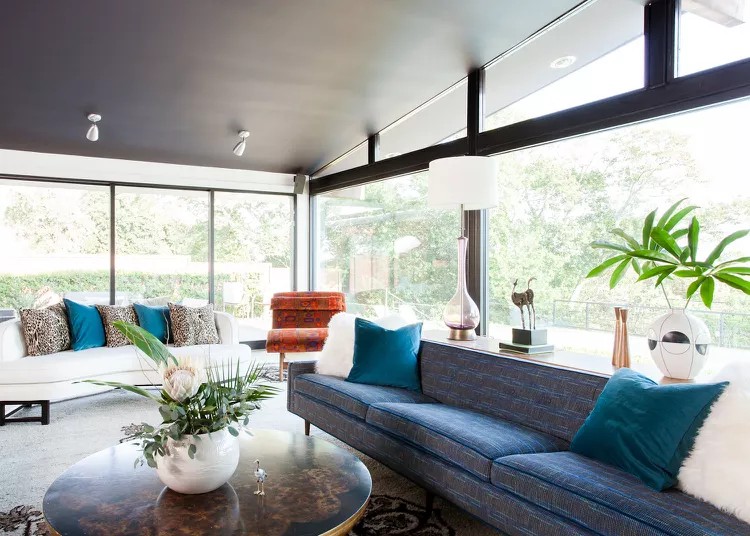
In addition, if using the same preferred vase to make this arrangement be sure that it isn’t contaminated with soap residue. This will reduce the lifespan of your flowers, Alice Lewis, president of Alice’s Table, advises. In addition, you should determine the place where the vase will be placed.
Prep and clip like a pro
Lewis suggests filling up your vase with room-temperature water and a few flower foods. Then, start clipping your stems. “Begin cutting your leaves and place them in your vase” the florist advises. “I refer to this as ‘greening’ your base. It is crucial to the overall design the bouquet.”
Hawley always begins by placing his greenery “to make a solid base on which to build,” he says. “From then, I build from the largest flower to the small, securing those wonderful parts and delicate stems to the end,” he says. “This lets me build the design in a sturdy framework and to highlight the most important elements.” However, don’t be afraid to re-evaluate and re-start at the number of times you’d like until you’re happy with your style, Hawley says.
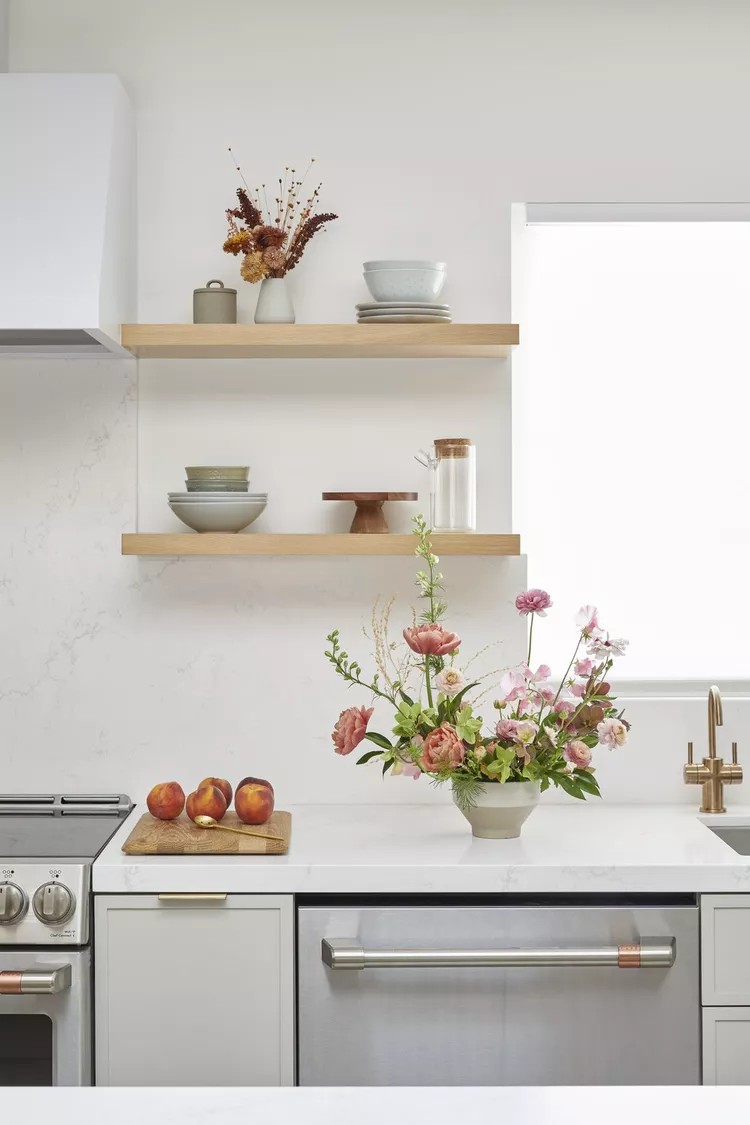
Make Use of an Odd Count of Flowers
After that, you can include flowers. Cut flowers with scissors or floral clippers to cut steps at a 45 degree angle. “I always advise guests in our workshops not to be afraid to cut off lengths that aren’t needed,” Lewis says. “One one of the most frequently made errors I have seen is cutting stems excessively long.”
The experts say that ideal the flowers should be between two and one-half times taller than the vase. Lewis says “The greatest impact will be from the flowers, not out of the vase.”
What number of flowers should you include in your bouquet? “A best practice is to choose odd numbers when choosing flowers,” Hawley says. “Odd numbers appeal visually and give you an illusion of depth and dimensionality.”
There is the thing as being too far, Hawley says. “You should not overcrowd your vase, and put yourself at risk of becoming dehydrated,” Hawley says.
Then, arranging the flowers one-by-one is essential to create a stunning arrangement. “Always begin with the largest flower and then move on to the smallest,” Lewis says. “For an arrangement that is perfect it’s worth the extra time to adhere to this method.”
The act of turning your vase when you work can prevent the formation of gaps Callahan adds.
Choose a flower with care when choosing the Sort
Make your floral choices based according to what’s in time of the year, Lewis says. When it comes to the holidays such as Christmas why not go with colors that are seasonal like green and red? “I am a sucker for a red floral arrangement paired with evergreens and I have holly trees and evergreen trees I clip from, so that I can to bring these seasonal elements to my home,” Lewis says.
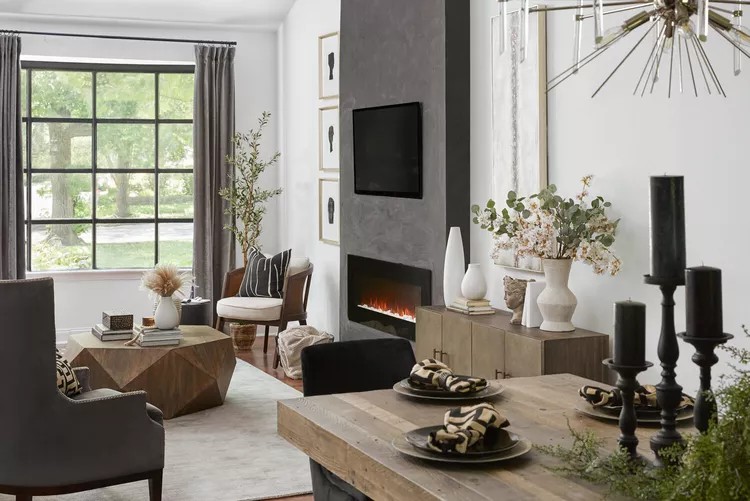
Keep Practicing Over Time
The more arrangements of flowers you design the more adept you’ll be adept at creating them, it’s easy as that. “Practice lets a designer keep muscle memory in mind for each type of aesthetic and style,” Hawley says. “After making multiple arrangements it becomes easier to grasp the lengths, placement and the overall structure of the style you’re seeking to achieve.”
Reviewing your arrangement after a while can be beneficial. “Once you’re done with your design leave and give your design and yourself breathing space,” Callahan says. “Come back with fresh eyes and you’ll see any last-minute adjustments or tweaks you’d want do.”
In addition, remember that no two arrangements will be identical, which can be what makes each one unique. “I always insist that flower arrangement is an art and not an exact science,” Lewis says. “Even even if you choose to use similar flowers or follow the same process as a family member or loved one but your arrangement will be different and distinctive.

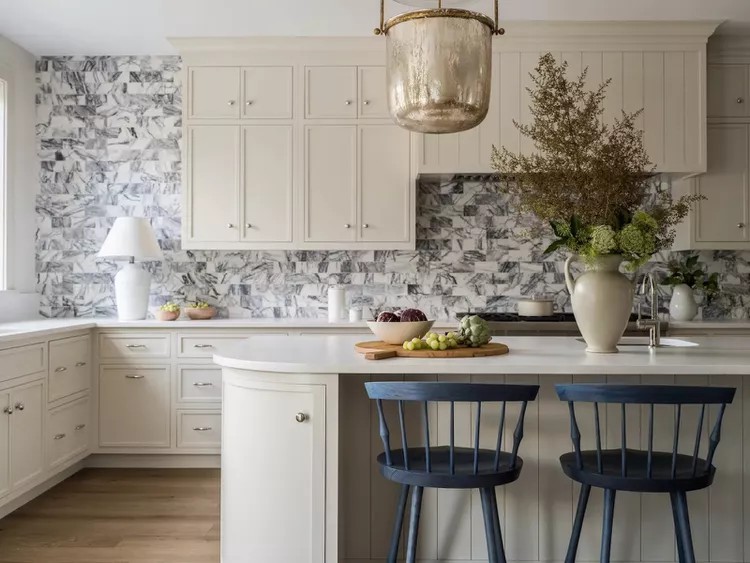


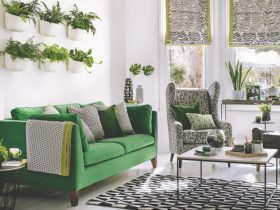
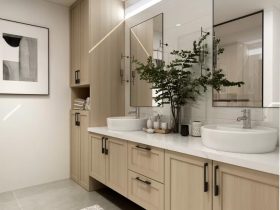
Leave a Reply